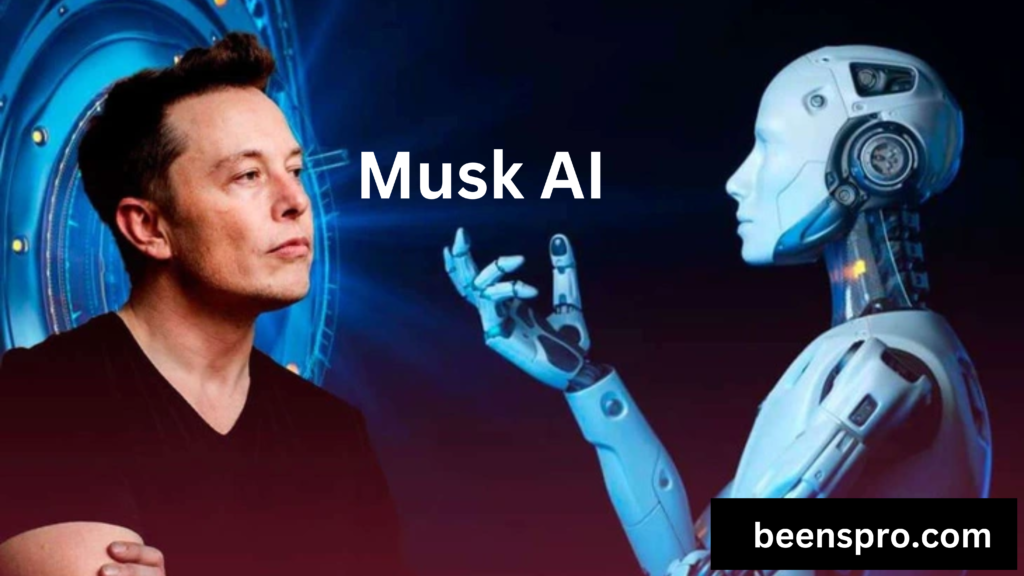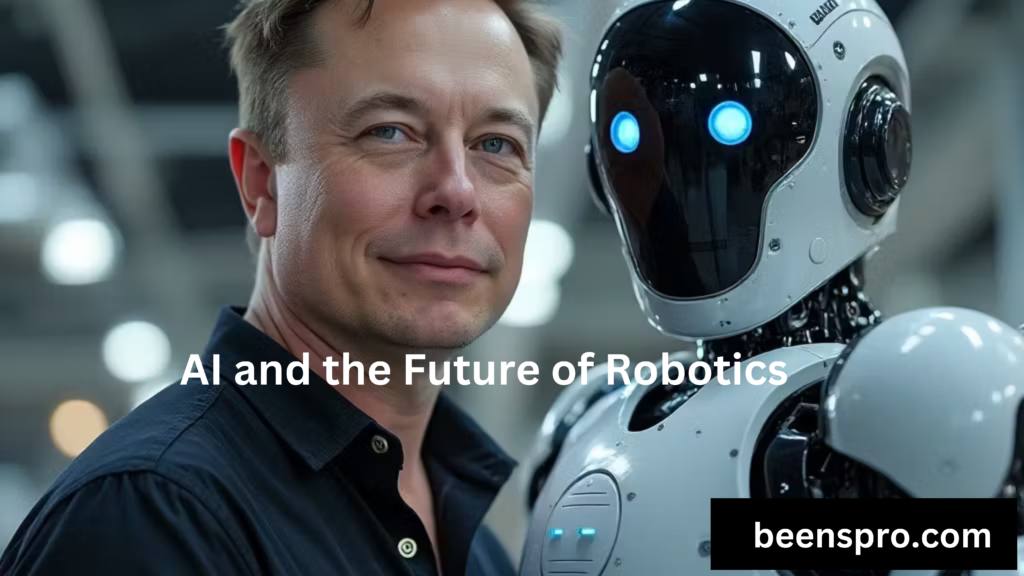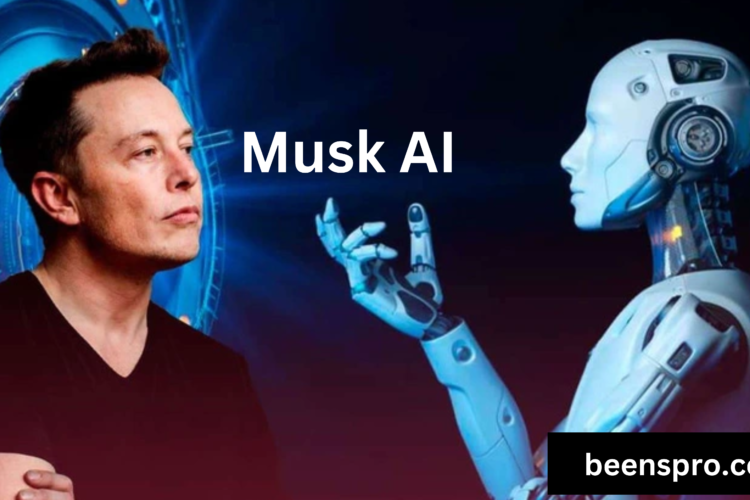
Elon Musk has been at the forefront of technological innovation, particularly in artificial intelligence (AI). His involvement in AI-driven projects such as Tesla AI, Neuralink AI, and xAI has significantly impacted industries like autonomous vehicles, brain-machine interfaces, and advanced AI research. Musk’s mission is to develop AI systems that prioritize ethical AI development while ensuring the technology benefits humanity.
Through Musk AI technology, he aims to address challenges associated with superintelligent AI, AI ethics, and AI-driven automation. This article delves into Musk AI, covering his key AI initiatives, their impact on future technologies, and how they compare to existing AI frameworks.
What is Musk AI? An Overview of Elon Musk’s Artificial Intelligence Initiatives
Elon Musk’s Role in AI Development
Musk’s AI journey began with his early involvement in OpenAI, where he aimed to foster human-AI collaboration. However, his concerns about AI safety and regulations led him to establish his own AI research company, xAI, to compete with OpenAI and ensure AGI (Artificial General Intelligence) aligns with human interests.
Musk’s AI-driven projects span multiple industries:
Tesla AI focuses on self-driving cars, AI-powered robotics, and machine learning in Tesla vehicles.
Neuralink AI aims to integrate brain-machine interfaces with AI.
xAI is Musk’s newest AI company, developed to challenge OpenAI and create more ethically aligned AI models.
xAI – The Future of AI by Elon Musk
Musk launched xAI artificial intelligence to revolutionize deep learning and AI models. Unlike OpenAI, which partners with Microsoft, xAI operates independently, emphasizing AI language understanding and safety. The goal is to develop large language models that enhance AI-driven automation without compromising ethical considerations.
Key aspects of xAI:
Competes directly with GPT-based AI chatbot models.
Focuses on ethical AI development.
Explores alternative approaches to AI-powered automation in industries beyond tech.
Tesla AI – Revolutionizing Autonomous Vehicles
Tesla AI is a leader in AI-powered Tesla automation, particularly in self-driving cars. The company’s Full Self-Driving (FSD) AI utilizes machine learning and neural networks to enable autonomous vehicle operation.
Tesla AI advancements in self-driving technology include real-time AI-driven decision-making.
Integration of AI-powered robotics in Tesla factories.
Expansion of AI’s role in autonomous vehicle fleets for safer transportation.
Neuralink AI – Merging AI with Human Intelligence
Neuralink AI is Musk’s brain-machine interface company designed to connect the human brain to AI systems. Using deep learning and AI models, Neuralink’s chips can interpret neural signals and translate them into digital actions.
Potential benefits:
Enhances human-AI collaboration through brain integration.
Helps individuals with neurological disorders regain motor functions.
Lays the foundation for AI language understanding directly within the brain.
How Elon Musk is Shaping the Future of AI
Musk’s impact on AI extends beyond product development—he actively influences AI ethics and regulations. His primary focus is on preventing AI-driven automation from overtaking human jobs and ensuring AGI and superintelligent AI remain controllable.
The Debate on AI Safety and Superintelligent AI
Musk advocates for AI safety protocols to regulate AI usage.
Warns about potential threats posed by AGI and superintelligent AI.
Calls for AI ethics and regulations to ensure AI remains aligned with human values.
xAI vs OpenAI – What’s the Difference?
Musk founded xAI to challenge OpenAI, aiming to develop alternative deep learning and AI models that prioritize ethical AI development.
Key Differences:
xAI focuses on independent AI innovation, whereas OpenAI collaborates with corporate entities.
AI chatbot models from Musk’s company emphasize security and control over AI language understanding.
xAI vs OpenAI debate centers on who should control the future of AGI and superintelligent AI.
AI and the Future of Robotics – How Musk’s AI is Changing Automation

Musk’s AI projects contribute significantly to AI-powered robotics and automation.
Machine learning in Tesla vehicles improves automation in manufacturing.
Intelligent robotics by xAI extends beyond self-driving cars.
Tesla’s humanoid robot, Optimus, utilizes AI-driven automation for real-world tasks.
Conclusion
Musk’s influence on AI spans multiple industries, from Tesla AI advancements in self-driving technology to xAI’s development of alternative deep learning models. His commitment to ethical AI development and AI safety ensures that AI progresses responsibly while benefiting humanity.
As AI continues to evolve, Musk’s initiatives in superintelligent AI, AI-driven automation, and AI-powered robotics will play a crucial role in shaping the future of technology. Whether through Neuralink AI, Tesla AI, or xAI, Musk remains a key figure in the advancement of human-AI collaboration and the development of intelligent robotics.
FAQs
What is Elon Musk’s xAI, and how does it compare to OpenAI?
xAI is Musk’s AI startup that competes with OpenAI by developing alternative deep learning and AI models focused on ethical AI development.
How does Tesla use AI in self-driving cars?
Tesla uses AI-powered Tesla automation and machine learning to enhance self-driving capabilities, enabling real-time decision-making in autonomous vehicles.
Is Elon Musk developing Artificial General Intelligence (AGI)?
Musk aims to influence AGI and superintelligent AI development, ensuring they remain aligned with human values through ethical AI development.
What are the risks of AI, according to Elon Musk?
Musk warns of job displacement due to AI-driven automation, potential dangers of superintelligent AI, and the lack of strict AI ethics and regulations.
How does Neuralink use AI in brain-machine interfaces?
Neuralink AI utilizes deep learning and AI models to interpret neural signals, allowing direct interaction between the human brain and digital devices.
